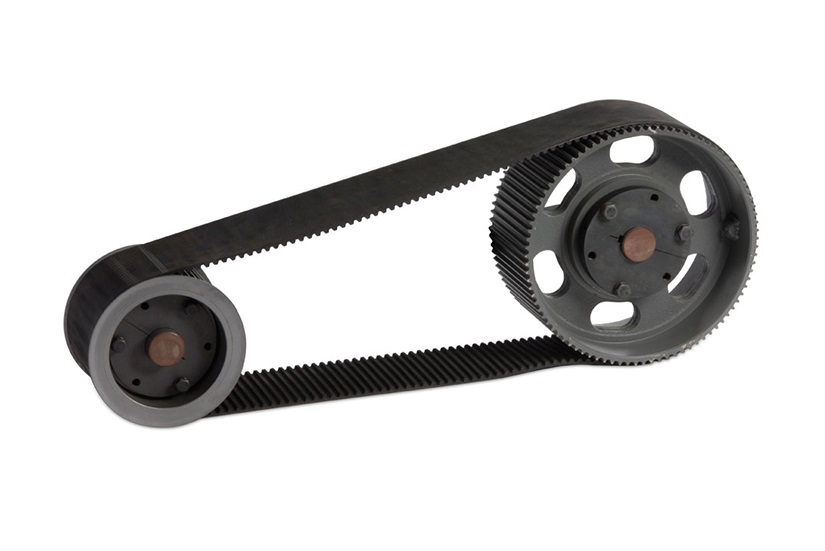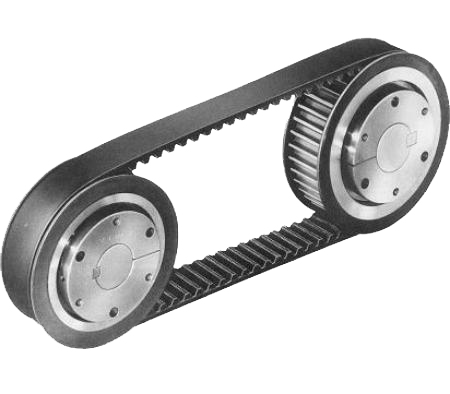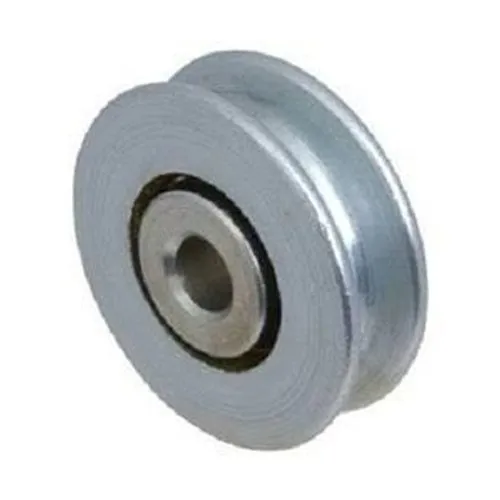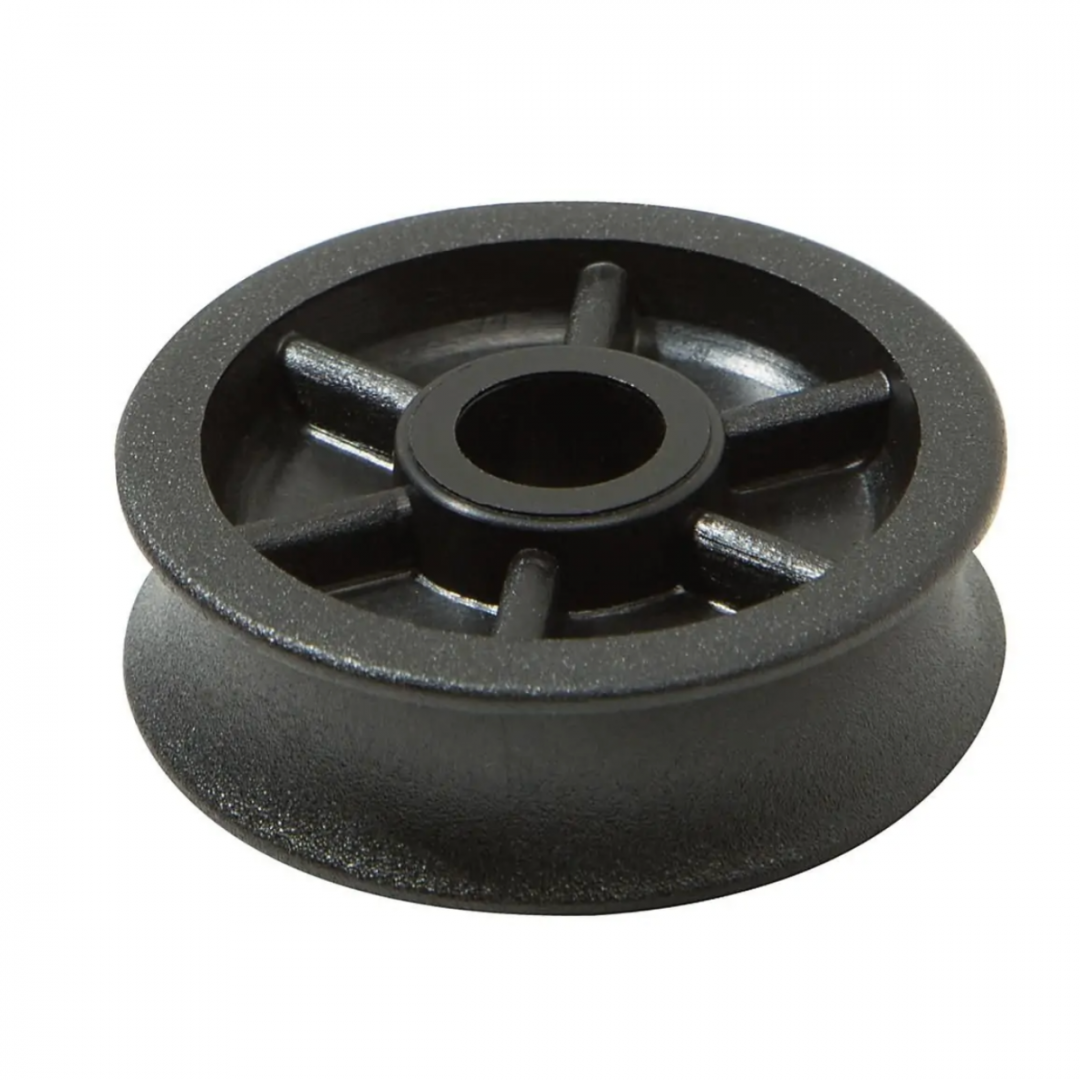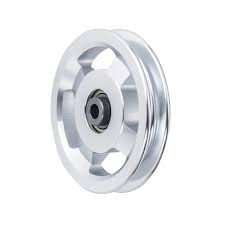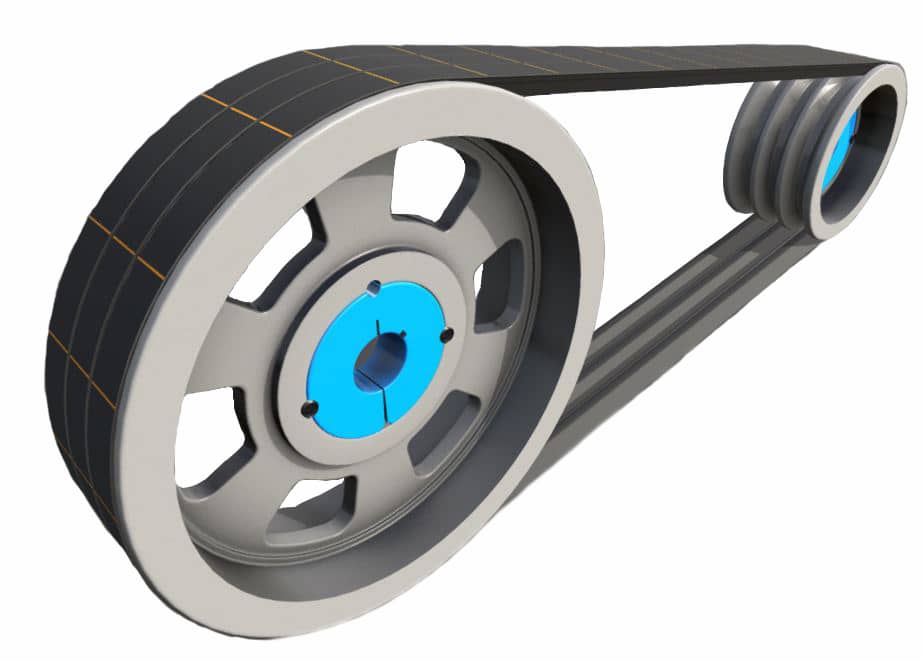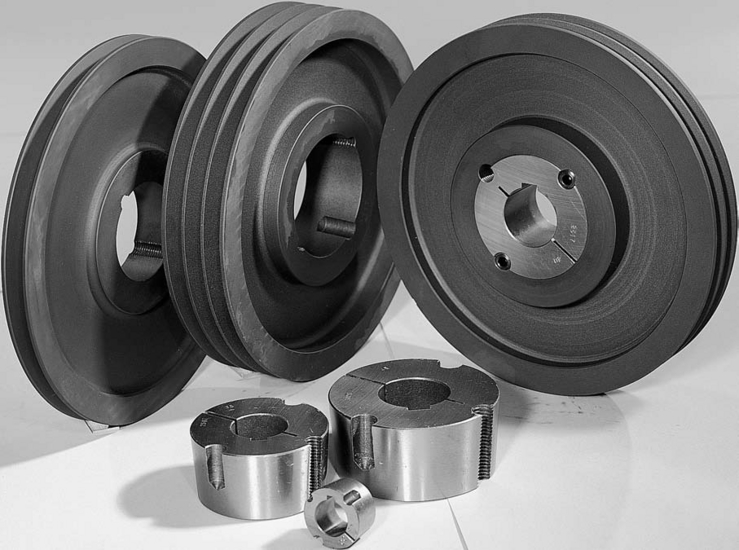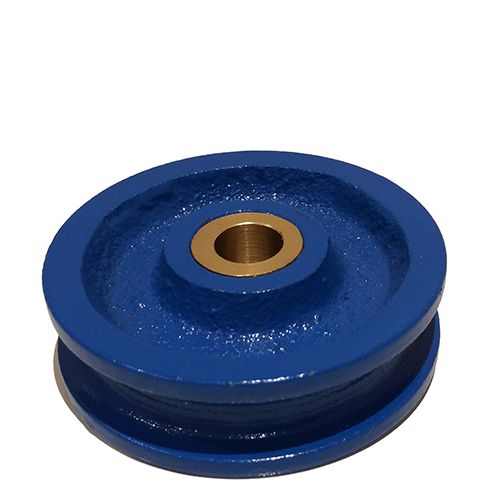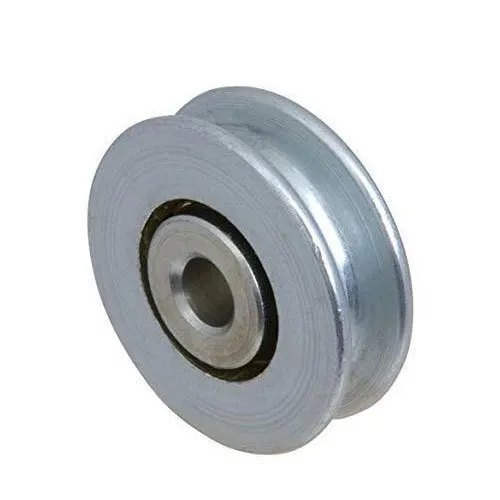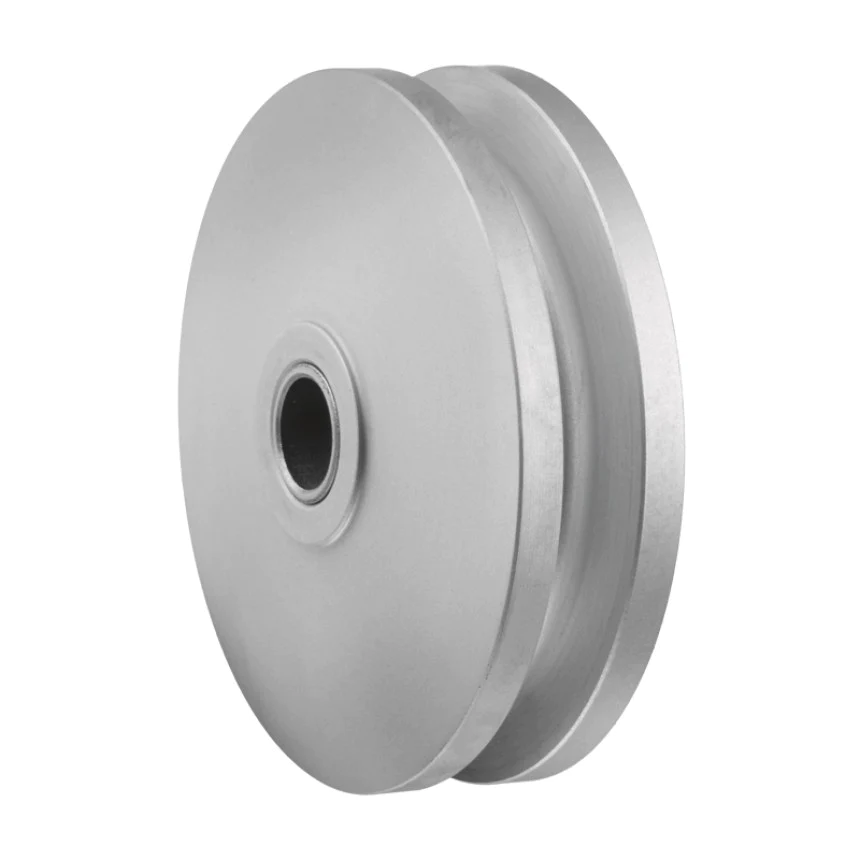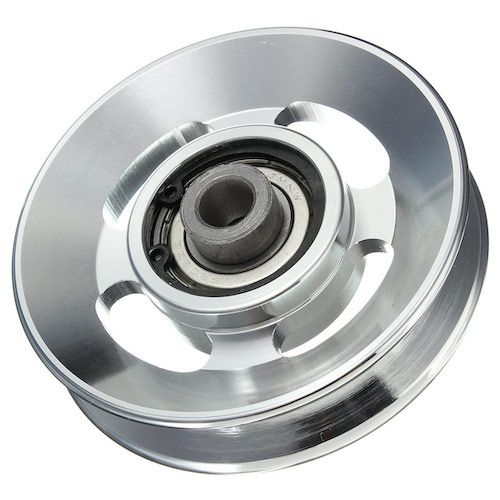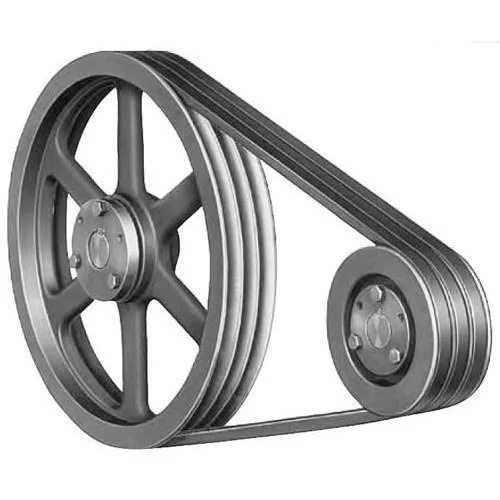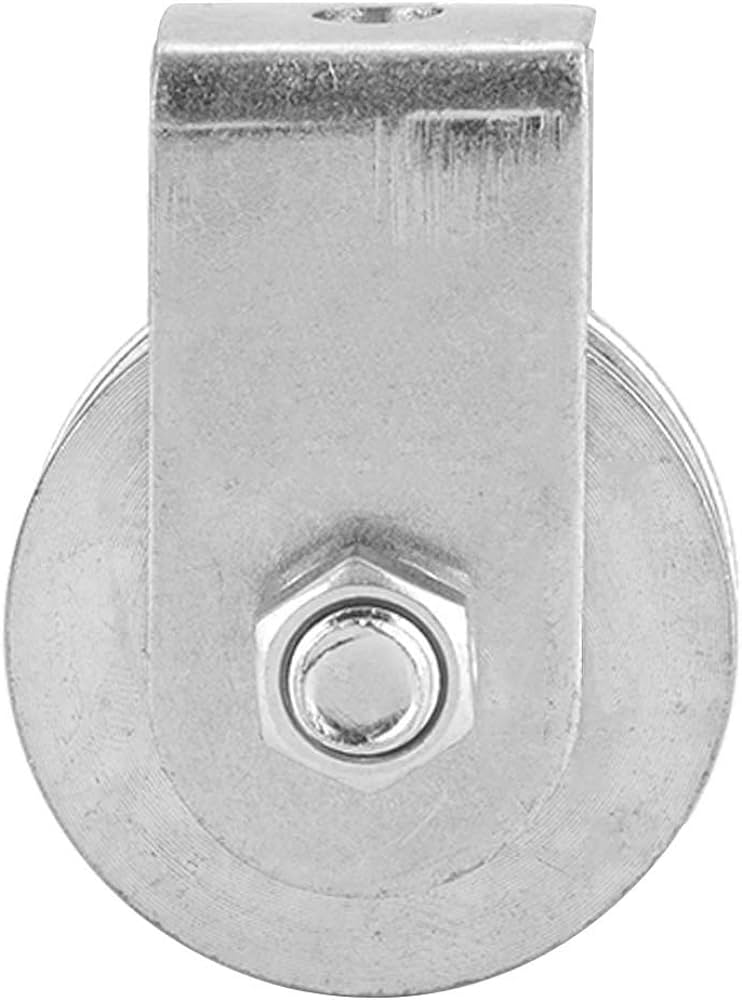Product Description
Product Description
crankshaft belt pulley FOR CHINAMFG WP12 ENGINE
PART NUMBER:
1
202V 0571 8 202V 0571 0- 080V065 618 4891252 3966841
WE CAN SUPPLY ALL KINDS OF ENGINE PARTS:
CONNECTING ROD,PISTON,PISTON RING,LINER,PISTON PIN,CRANKSHAFT,FLYWHEEL,FILTERS,ENGINE ASSY,CYLINDER BLOCK,STARTER,ALTERNATOR AND SO ON.
ONCE YOU SUPPLY THE ENGINE STEEL PLATE,WE CAN CHECK ALL HTE PARTS USED IN THE ENGINE.
PLEASE DO NOT HESISTATE TO CONTACT WHEN YOU DEMAND THE RELATED PRODUCTS,WE WILL GIVE BEST SERVICE.WELCOME TO INQUIRY ANYTIME
Detailed Photos
Packaging & Shipping
1. Packaging details: carton and wooden box packaging,woven bag,brown box, or
according to customer requirements.
2. Delivery Period: 7-30 working days after
receiving 30% deposit byTT
3. Port: HangZhou Port,China.
4. Transport: By sea, by
air,DHL,FEDEX,UPS,TNT,
FAQ
1.Q:About the payment term.
A: We can accept TT,LC,PAYPAL,WESTERNUION,and so on
2.Q:About the Quality and price
A: We supply good quality products to all our customers,give the competitive price.
3.Q:About the warranty period
A:At least half year, some parts are even longer.
4. Q:How to make order ?
A:Customer can contact us online,or send email with detail inquiry list,then we can reply soon
5.Q:About the discount
A:If the quantity large,we will give resonalbe discount.And for long time cooperation customer,we can give credit support
/* January 22, 2571 19:08:37 */!function(){function s(e,r){var a,o={};try{e&&e.split(“,”).forEach(function(e,t){e&&(a=e.match(/(.*?):(.*)$/))&&1
| After-sales Service: | Free Change for Quality Problem |
|---|---|
| Component: | Water Pump |
| Body Material: | Aluminium |
.shipping-cost-tm .tm-status-off{background: none;padding:0;color: #1470cc}
|
Shipping Cost:
Estimated freight per unit. |
about shipping cost and estimated delivery time. |
|---|
| Payment Method: |
|
|---|---|
|
Initial Payment Full Payment |
| Currency: | US$ |
|---|
| Return&refunds: | You can apply for a refund up to 30 days after receipt of the products. |
|---|
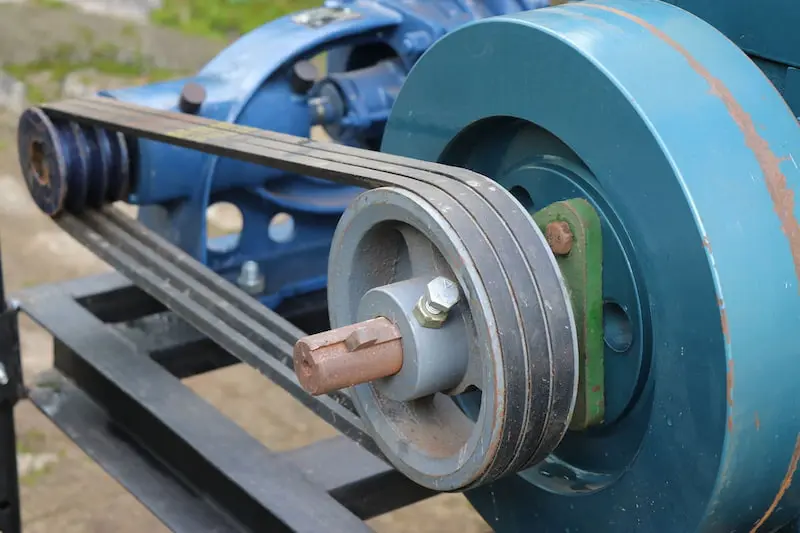
Can belt pulleys be part of HVAC systems and air conditioning units?
Yes, belt pulleys can indeed be part of HVAC (Heating, Ventilation, and Air Conditioning) systems and air conditioning units. They play a crucial role in the operation of these systems, contributing to the movement of air, power transmission, and controlling the functionality of various components. Here’s a detailed explanation of how belt pulleys are involved in HVAC systems and air conditioning units:
1. Air Handling Units: Belt pulleys are commonly used in air handling units (AHUs) of HVAC systems. AHUs are responsible for circulating and conditioning air within buildings. Belt-driven AHUs employ pulleys to drive the fans or blowers that move air through the system. The rotation of the pulleys drives the fan blades, creating airflow and facilitating the exchange of heat or coolness in the air conditioning process.
2. Cooling Towers: Cooling towers, a key component of HVAC systems, are used to remove heat from the building. Belt pulleys are employed in cooling towers to drive the fan systems that enhance the cooling process. The pulleys drive the cooling tower fans, which draw in ambient air and facilitate the evaporation of water, effectively dissipating heat and lowering the temperature of the circulated water.
3. Fan Coil Units: Fan coil units are part of HVAC systems and provide localized heating or cooling to specific areas within a building. Belt pulleys can be used in fan coil units to drive the fans that distribute conditioned air. The rotation of the pulleys drives the fan blades, enabling the movement of air through the unit and delivering heating or cooling to the desired space.
4. Compressors: In air conditioning units, belt pulleys are employed in the compressor system. The compressor is responsible for compressing the refrigerant, which enables the cooling process. Belt-driven compressors use pulleys to drive the compressor’s motor, which pressurizes the refrigerant and facilitates its movement through the air conditioning system. The pulleys ensure the efficient operation of the compressor, which is essential for the cooling function.
5. Power Transmission: Belt pulleys are essential for power transmission in HVAC systems and air conditioning units. They are used to transmit power from the motor or engine to various components, such as fans, compressors, pumps, and other mechanical parts. The rotation of the pulleys transfers power and enables the operation of these components, ensuring the functionality of the HVAC system or air conditioning unit.
6. Variable Speed Control: Belt pulleys can also be utilized for variable speed control in HVAC systems. By using pulleys of different sizes or incorporating variable speed pulley systems, the rotational speed of fans or other driven components can be adjusted. This allows for precise control over airflow, temperature, and overall system performance, optimizing energy efficiency and comfort levels in the building.
7. Maintenance and Serviceability: Belt pulleys in HVAC systems and air conditioning units are designed for easy maintenance and serviceability. They allow for straightforward belt replacement or adjustment, ensuring that the system can be properly maintained and serviced to maintain optimal performance and reliability.
In summary, belt pulleys are integral components of HVAC systems and air conditioning units. They are involved in power transmission, driving fans and blowers, controlling compressors, and facilitating the movement of air for heating, cooling, and ventilation. Belt pulleys contribute to the overall functionality, energy efficiency, and serviceability of HVAC systems, playing a vital role in providing comfortable and controlled environments in residential, commercial, and industrial buildings.
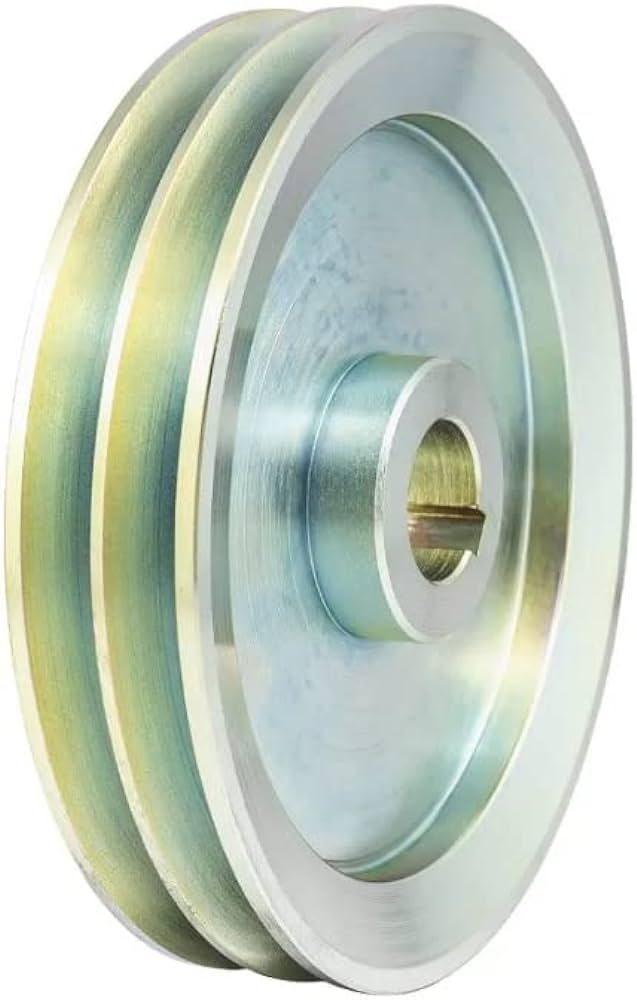
How do belt pulleys contribute to the operation of conveyor systems for material handling?
Belt pulleys play a crucial role in the operation of conveyor systems for material handling. Conveyor systems are widely used in industries such as manufacturing, mining, logistics, and agriculture to transport bulk materials or goods from one location to another. The belt pulleys in these systems contribute significantly to their functionality, efficiency, and reliability. Here’s a detailed explanation of how belt pulleys contribute to the operation of conveyor systems for material handling:
1. Power Transmission: Belt pulleys serve as the driving force for conveyor systems, transmitting power from an electric motor or engine to move the conveyor belt. The pulley is typically connected to the motor or engine shaft, and as it rotates, it drives the belt, which in turn transports the materials along the conveyor. The size and design of the pulley, along with the tension in the belt, determine the power transmission efficiency and the capacity of the conveyor system to handle different load weights and volumes.
2. Belt Tension and Tracking: Belt pulleys help maintain proper tension and tracking of the conveyor belt. Tensioning pulleys are used to adjust and maintain the tension in the belt, ensuring it remains taut and properly engaged with the pulleys. Tracking pulleys, also known as snub or bend pulleys, are strategically positioned to guide the belt and keep it centered on the pulley system. Proper tension and tracking prevent belt slippage, misalignment, and material spillage, ensuring smooth and reliable operation of the conveyor system.
3. Speed Control: Belt pulleys enable speed control in conveyor systems. By using different-sized pulleys or adjusting the pulley arrangement, the speed of the conveyor belt can be modified to suit specific material handling requirements. Speed control is essential for optimizing production processes, accommodating different material characteristics, and ensuring efficient material flow along the conveyor system.
4. Directional Changes: Belt pulleys facilitate directional changes in conveyor systems. By incorporating various pulley configurations, such as drive pulleys, idler pulleys, and bend pulleys, the conveyor belt can be guided around curves or redirected to different paths. This allows for flexible routing and layout of the conveyor system to adapt to space constraints or specific material flow patterns in material handling operations.
5. Load Distribution: Belt pulleys contribute to the even distribution of the load on the conveyor belt. As the belt wraps around the pulleys, the contact area between the belt and pulley surface spreads the load across a larger surface area. This load distribution minimizes stress concentration, reduces belt wear, and extends the operational life of the conveyor system.
6. Maintenance and Safety: Belt pulleys play a role in the maintenance and safety of conveyor systems. Accessible pulleys allow for easy inspection, cleaning, and maintenance of the conveyor belt. Pulley guards and covers provide protection against accidental contact with moving parts, enhancing the safety of personnel working around the conveyor system.
7. Customization and Adaptability: Belt pulleys can be customized and designed to meet specific material handling requirements. They can be manufactured in various sizes, materials, and configurations to accommodate different belt widths, load capacities, and environmental conditions. This customization ensures that the belt pulleys are optimized for the specific needs of the material handling application.
In summary, belt pulleys are integral components of conveyor systems for material handling. They contribute to power transmission, belt tensioning, speed control, directional changes, load distribution, and overall system maintenance and safety. By utilizing appropriately sized and designed belt pulleys, conveyor systems can efficiently and reliably transport bulk materials or goods, enhancing productivity and streamlining material handling operations in various industries.
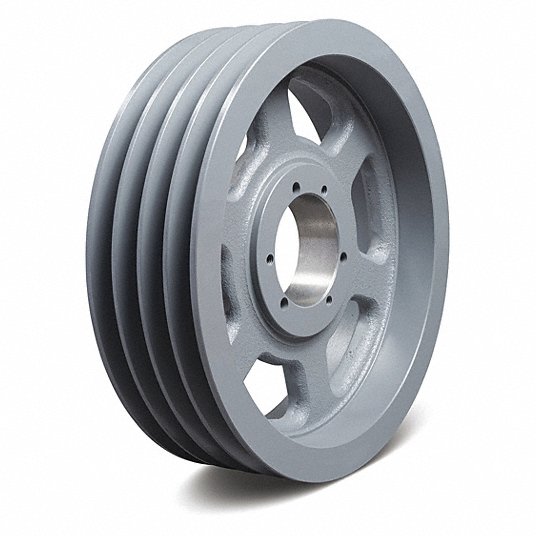
What advantages do belt pulleys offer for efficient power transmission?
Belt pulleys offer several advantages that contribute to efficient power transmission in a variety of applications. These advantages make belt pulleys a popular choice for transmitting power in numerous industries. Here are some key advantages of using belt pulleys:
1. High Efficiency: Belt pulleys can achieve high power transmission efficiency. The materials used for pulleys, such as metals or composite materials, are selected for their strength and low friction characteristics. This allows for minimal energy loss during power transmission, resulting in efficient operation and reduced energy consumption.
2. Smooth and Quiet Operation: Belt pulleys provide smooth and quiet operation compared to some other power transmission methods. The flexibility of belts helps in dampening vibrations and reducing noise levels. This is particularly beneficial in applications where noise reduction is important, such as in residential areas, offices, and certain types of machinery.
3. Slip Prevention: Belt pulleys offer slip prevention features, ensuring reliable power transmission. The design of the pulley’s groove and the corresponding belt shape create a positive engagement that helps prevent the belt from slipping during operation. This is particularly advantageous in high-torque applications where maintaining a consistent power transfer is crucial.
4. Overload Protection: Belt pulleys can provide a certain degree of overload protection. In the event of sudden load spikes or jamming of the driven system, the belt can slip or deform slightly, absorbing the shock and protecting the machinery from damage. This inherent flexibility acts as a safety feature, preventing catastrophic failures and reducing the risk of equipment breakdown.
5. Misalignment Compensation: Belt pulleys can accommodate minor misalignments between the driving and driven shafts. The flexibility of the belt allows for slight angular and parallel misalignments, which can naturally occur in machinery due to manufacturing tolerances, thermal expansion, or other factors. This ability to compensate for misalignment helps to minimize stress on bearings and prolong the lifespan of the system.
6. Speed Variation: Belt pulleys provide the flexibility to achieve different speed ratios by simply changing pulley sizes or adjusting the position of variable speed pulleys. This feature allows for speed variation and control in various applications, facilitating the optimization of machine performance and enabling adaptability to different operating conditions.
7. Cost-Effective: Belt pulleys are generally cost-effective compared to some other methods of power transmission. They are relatively simple in design, easy to manufacture, and require less precision than certain alternatives. Additionally, belts are generally less expensive to replace than other types of power transmission components, resulting in lower maintenance costs.
Overall, belt pulleys offer advantages such as high efficiency, smooth and quiet operation, slip prevention, overload protection, misalignment compensation, speed variation, and cost-effectiveness. These advantages make belt pulleys a reliable and versatile choice for efficient power transmission in a wide range of applications across various industries.


editor by CX
2024-04-25
